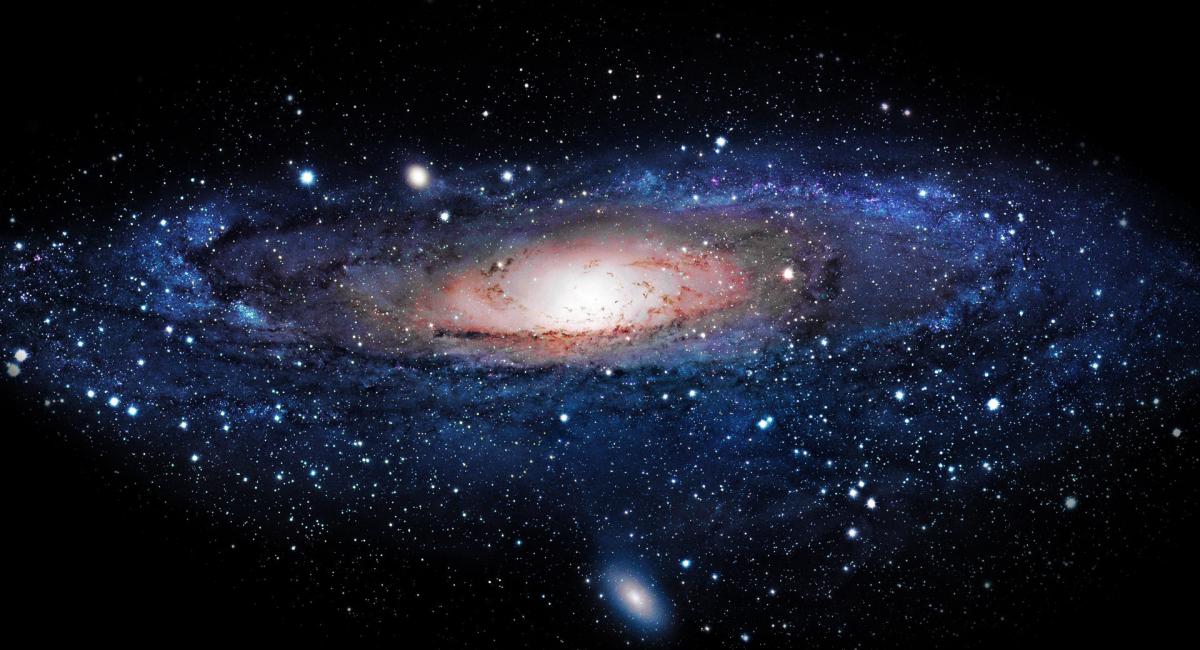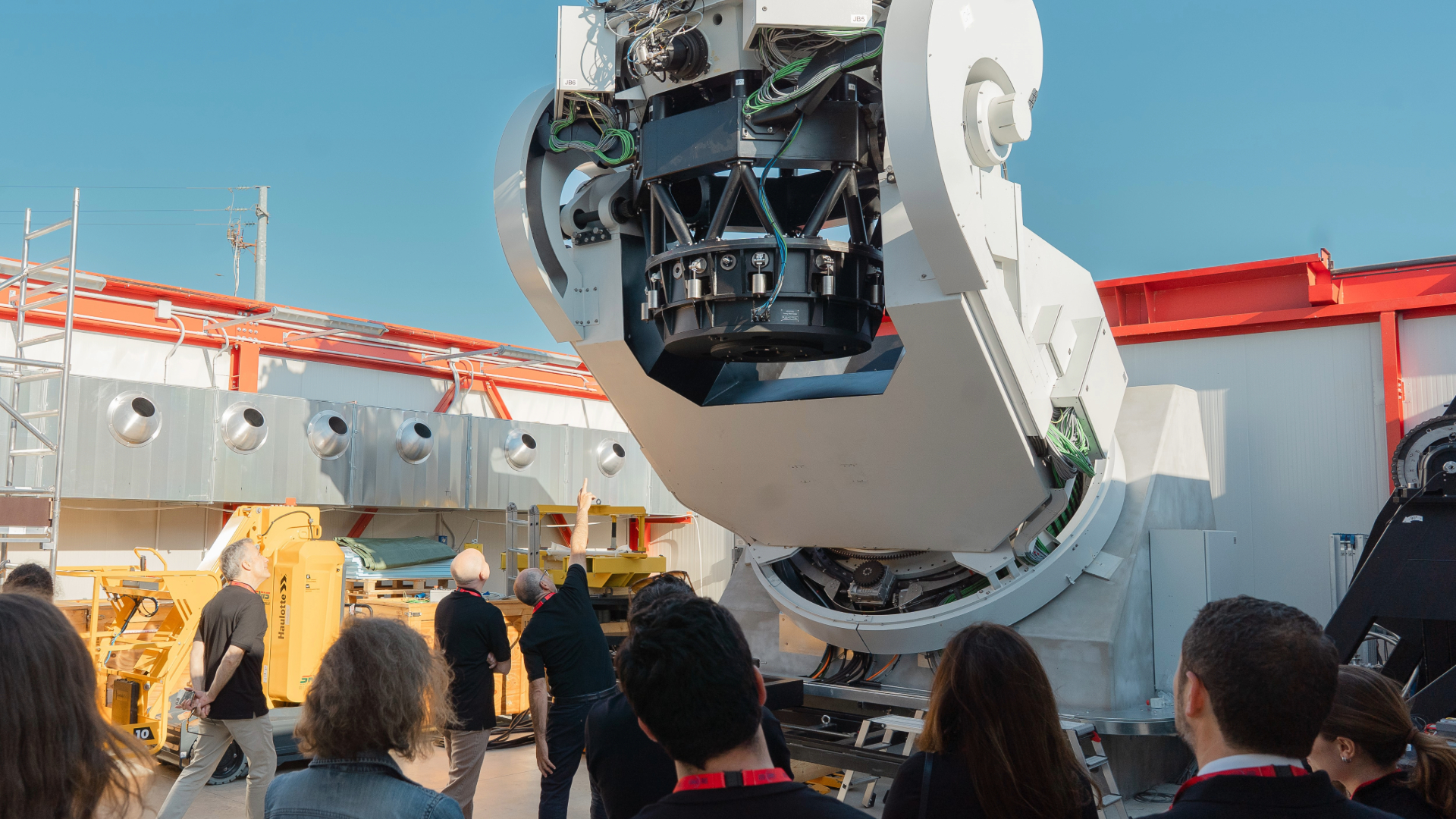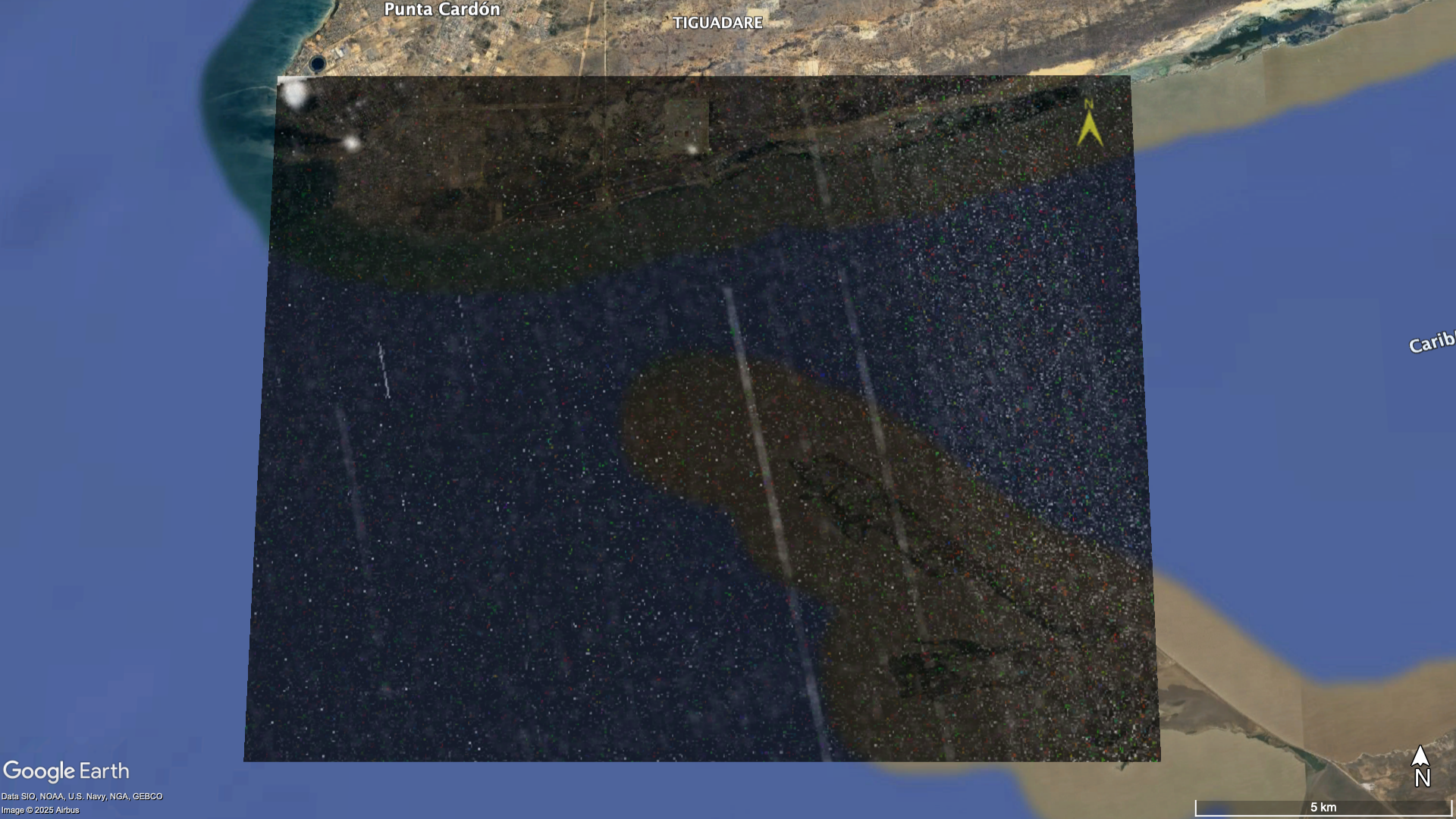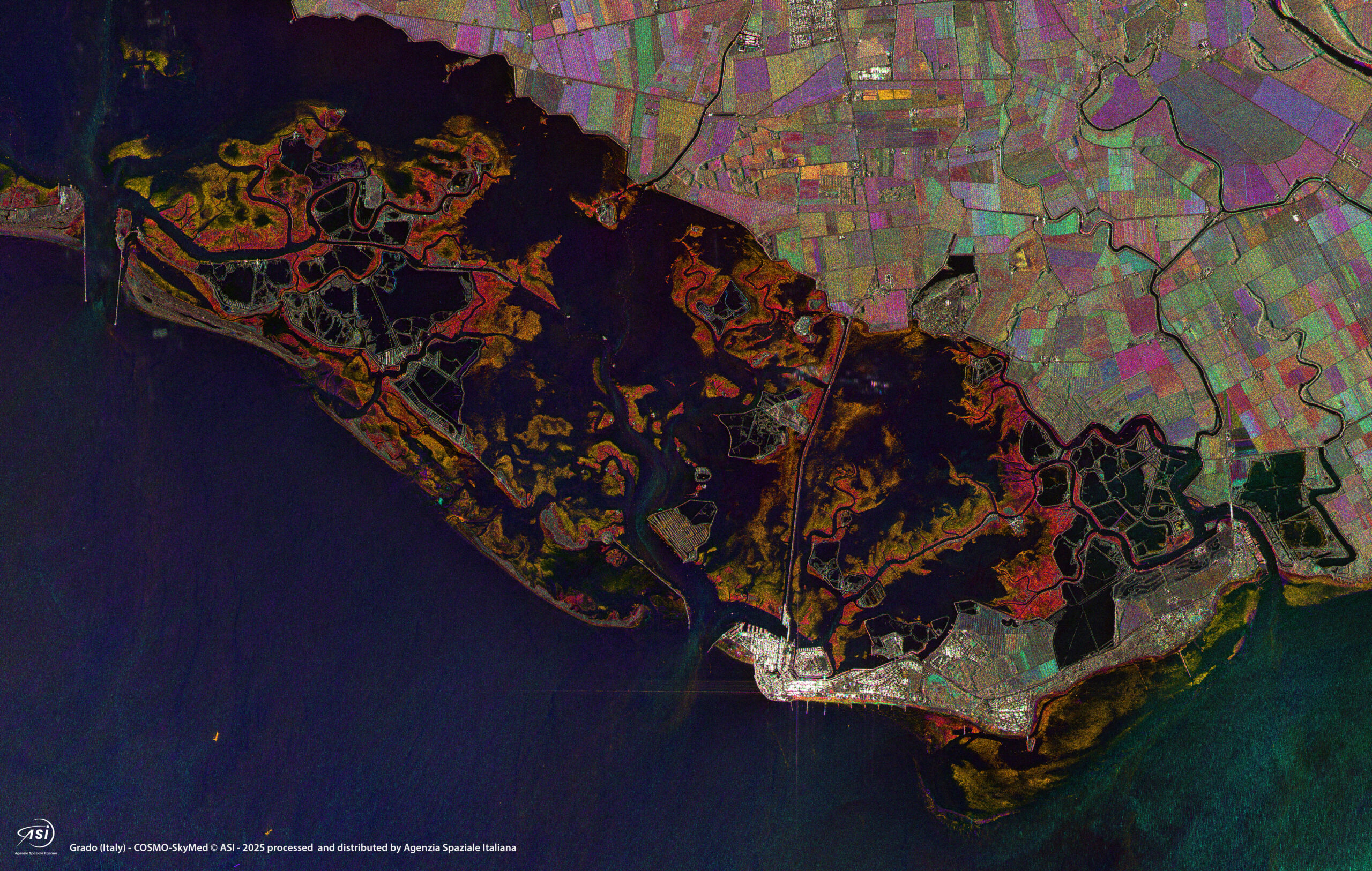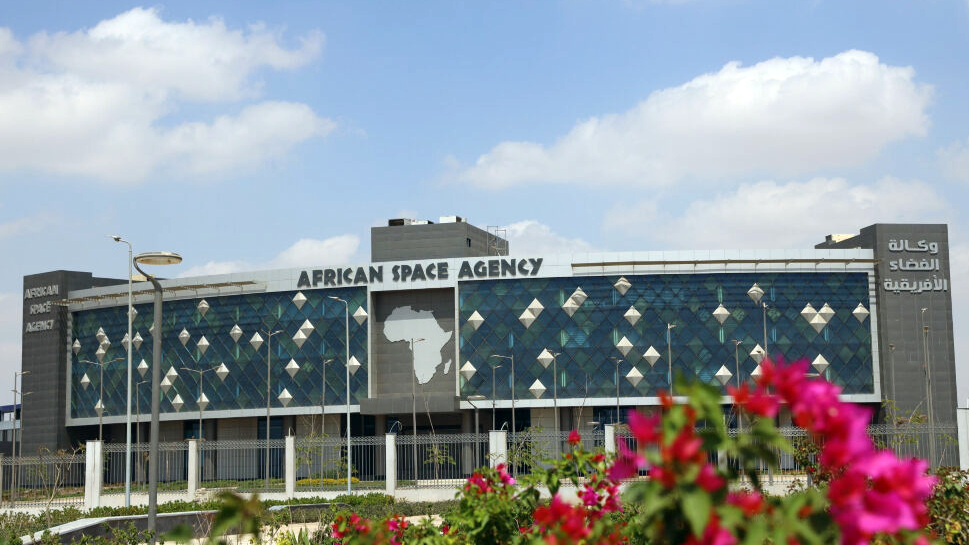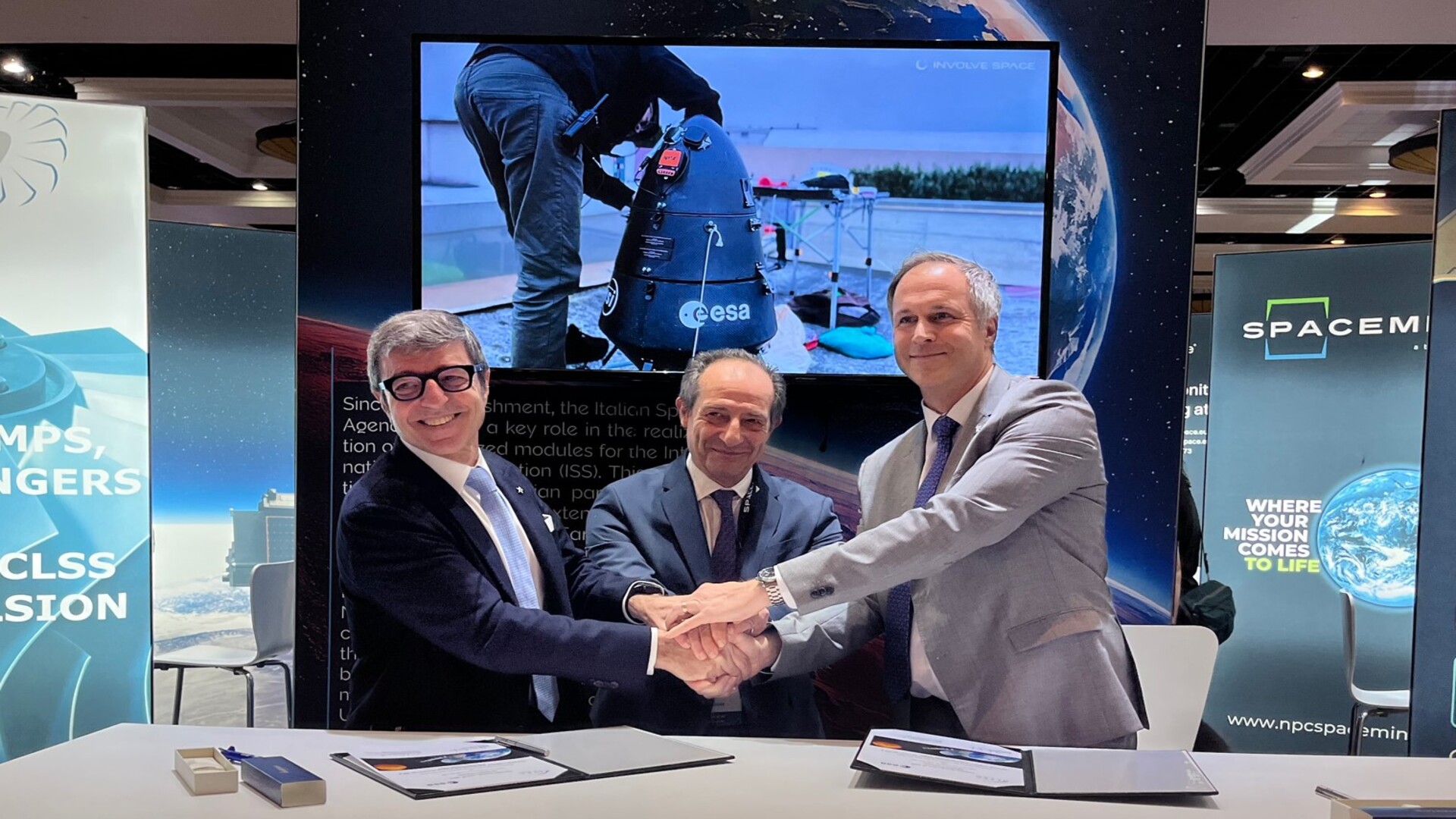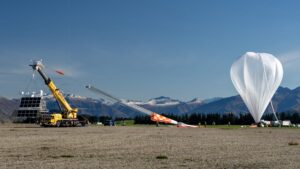
Developed in the context of the JEM-EUSO programme, which intends to explore the use of innovative investigation tools for multimessenger astronomy, the EUSO-SPB2 mission had the objective of testing a new type of space detector dedicated to the observation of neutrinos and of ultra-high-energy cosmic rays through the operations of an instrument based on the synergistic and independent operations of two telescopes with a balloon flight launched in May 2023 from the NASA base in Wānaka in New Zealand. One of the main challenges of modern multi-messenger physics and astrophysics is in fact combining the measurements of the messengers of the Cosmos measured from space, such as photons and cosmic rays, with the information convoyed by two extremely rare and elusive messengers from the Universe such as neutrinos and ultra-high-energy cosmic rays.
The EUSO-SPB2 mission represents the continuation of the EUSO-SPB1 mission, an instrument already launched from the Wānaka base in 2017, and is part of the JEM-EUSO program together with the EUSO-TA ground apparatus installed in the US state of Utah, since 2013 and the Mini-EUSO space mission, operational since August 2019 on-board the International Space Station. In addition to its scientific and technological objectives, EUSO-SPB2 is also a demonstrator experiment for the POEMMA space mission, a multi-messenger astrophysics probe selected as a Probe Mission within the NASA "Decadal Survey (2020-2030)" program for the study of the most extreme regions of the Universe through the observation of ultra-high-energy cosmic rays (>1019 eV) and of astrophysical and cosmogenic neutrinos with the technique explored by EUSO-SPB2.
The Italian Space Agency (ASI) together with the Italian Institute of Nuclear Physics (INFN) has been participating in this experiment since 2021, as part of an international collaboration that includes NASA and research institutes and universities in the USA, France, Japan, Poland, Russia, Sweden, Czech Republic, Slovakia and Switzerland. The Italian researchers were responsible for the realization of the data acquisition system, of the the trigger system and of the control software of the EUSO-SPB2 Fluorescence Telescope. Through a collaboration agreement between ASI and the University of Chicago, institution responsible for the EUSO-SPB2 mission to which the Principal Investigator Angela Olinto is affiliated, ASI and INFN were able to provide the Italian hardware contribution to the mission and to participate in all test, space qualification, assembly and launch phases.
EUSO-SPB2 has been the second and last mission of the NASA balloon launch campaign from New Zealand in the year 2023. The flight, that has lasted 35 hours, was performed on a Super Pressure Balloon, a state-of-the-art stratospheric balloon experimental platform used by NASA for a few years to operate large and heavy scientific payloads in the atmosphere. The EUSO-SPB2 instrument has observed the night sky of the southern hemisphere with two independent telescopes which have separately measured the component of Fluorescence light and Cherenkov light produced by atmospheric showers potentially generated by ultra-high-energy cosmic rays coming from outside the atmosphere, and generated by the decay of tau neutrinos coming from below the horizon line. The two light components differ in their "duration" (of the order of several microseconds for Fluorescent light and of a few nanoseconds for Cherenkov light) and therefore require specialized sensors and acquisition electronics for each telescope. The development, construction and operation of the two telescopes on the same instrument therefore represent a fundamental objective for verifying the possibility of observing atmospheric showers from Space by measuring both light components in a synergistic way.
The analysis of the data collected during the operations of the EUSO-SPB2 instrument during the flight demonstrates the continuous progress of the technological and scientific expertises already matured and strengthened in recent years by the Italian teams and made available to the international scientific community in the frontier field of measurements of atmospheric showers from space, and represents a further step towards the realization of an extremely ambitious and revolutionary program such as POEMMA.

